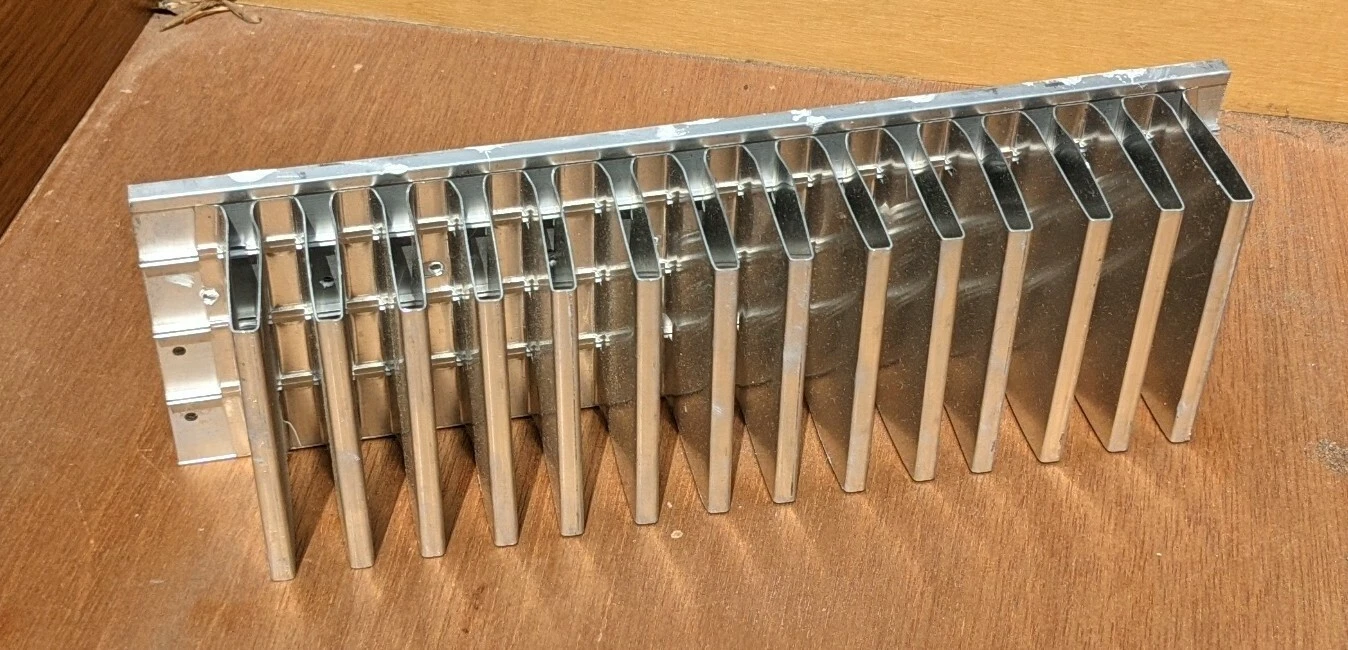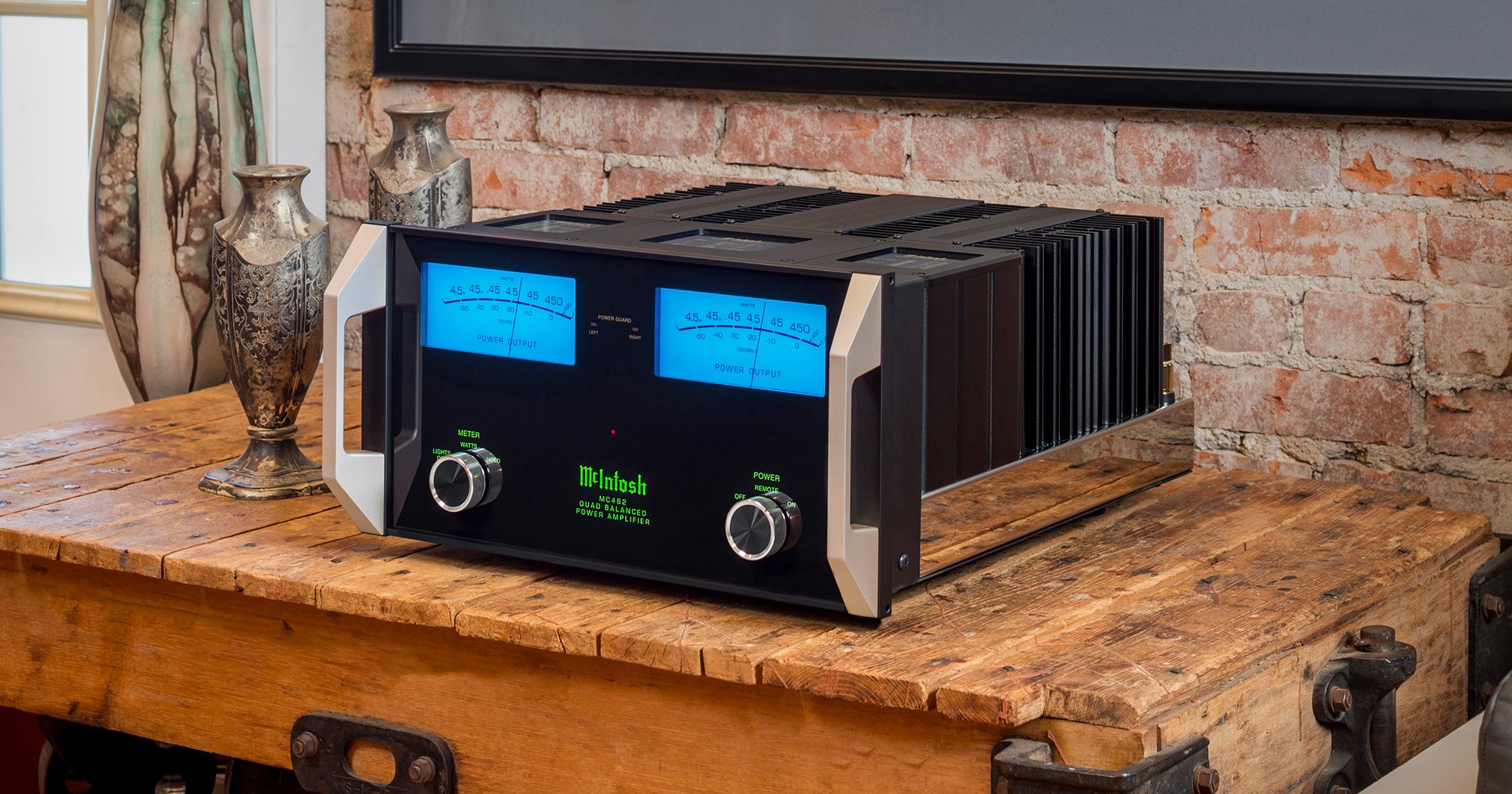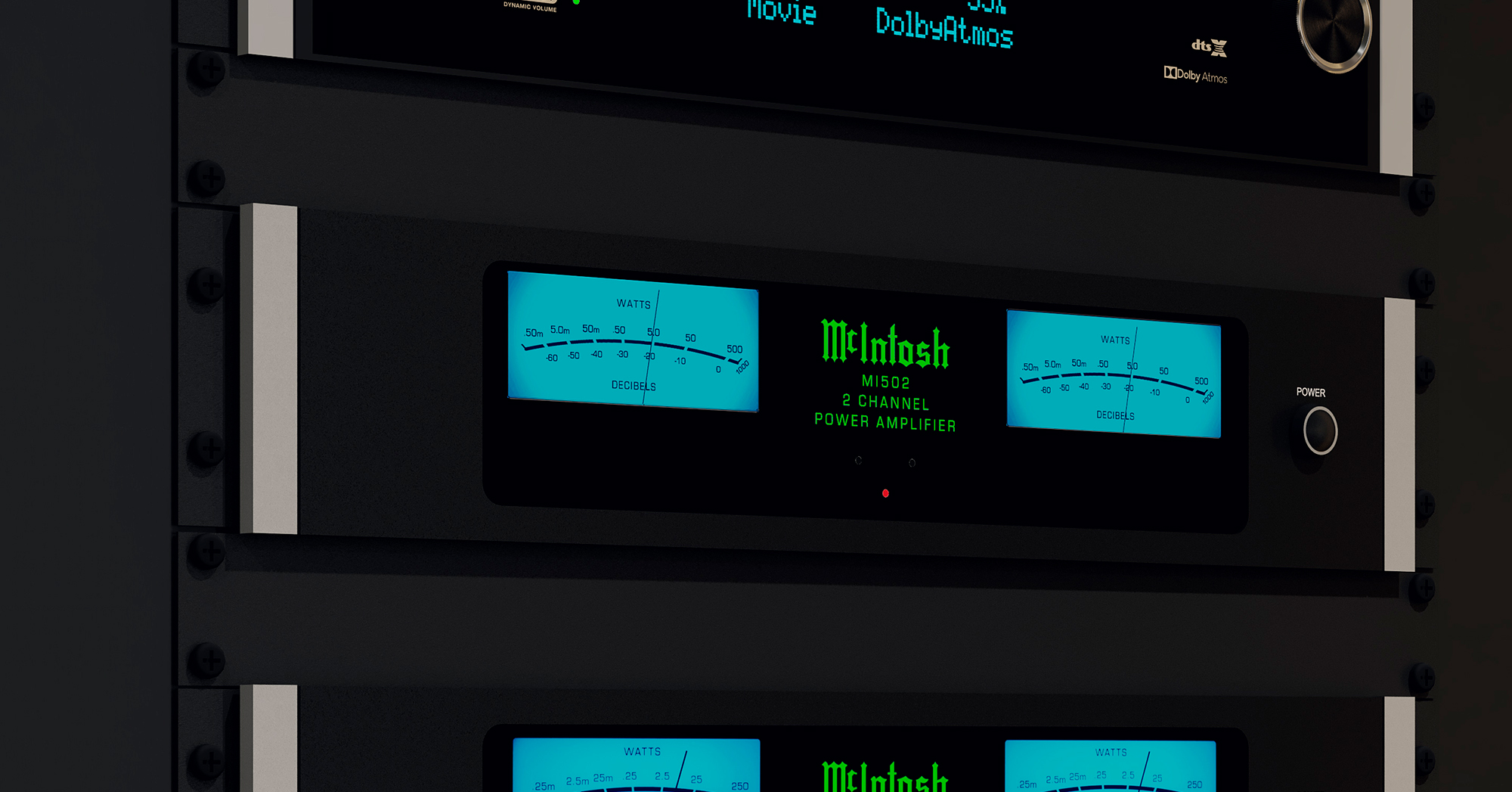Thanks Michael. That's the info i was looking for.....out of curiosity.I don't think this thread has explicitly answered your question, but Amir gave me the answer below when I asked the same question a few years back -> https://www.audiosciencereview.com/...lifier-with-sinad-over-120.31305/post-1151445.
View attachment 413484
Michael
Sounds to me like the process of establishing max power VS some set level of max distortion, is what makes the process iterative and somewhat difficult.
Also sounds like full power doesn't take place much, past that determination. Dunno how accurate that is, but i find it interesting...


